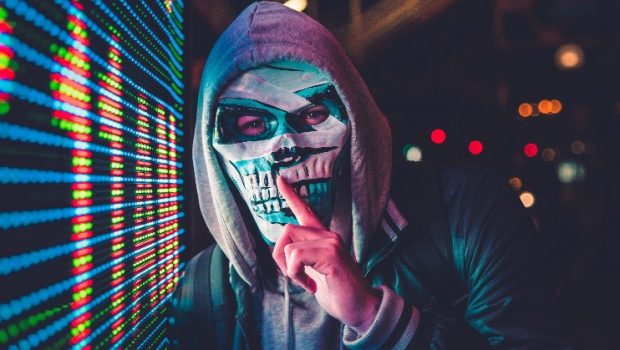How Can Voice Technology Be Used To Fight Online Fraud?
In India, bank and online frauds are on the rise. The Reserve Bank of India reports that over the past seven years, frauds have cost the nation an estimated 100 crore per day. Despite a decrease in the amount involved, the number of frauds reported in 2021–2022 increased by 23.69% (9,103 cases compared to 7,359 in 2020–2021). The increased use of digital payments, telephone banking, and online banking services are the primary causes of the increase in fraud. Fraud is increasing, which results in increased losses for financial institutions and more cases for law enforcement to investigate.
Unsplash/Representational image
Adopting Voice Technology (VT), which includes voice biometrics or voice/speech recognition technology, is one way to cut losses. The use of biometrics for security has dramatically increased as a result of the widespread adoption of smartphones. These techniques, though, are time-consuming, insecure, and susceptible to deep fakes. One of the best ways for banks and other establishments to lower the risks of fraud and identity theft is by using voice biometrics.
![]()
What is Voice Technology?
Voice biometrics or voice/speech recognition technology are included in voice technology. Using voice biometrics is one of the best ways to increase cybersecurity. It uses a person's voice's distinctive features to identify them. The system generates a digital voiceprint and compares it to the voice of the caller.
Comparing voice authentication to knowledge-based authentication methods can significantly increase security. Voice use is the least expensive biometric technology when compared to the others. It does not call for a reader or other unique apparatus. Additionally, it is portable, non-invasive, and allows for remote identification.

Unsplash/Representational image
Passwords have long been a staple of banking institutions. However, these are the security's weakest points. It is impossible to copy a customer's voice, unlike a password. Hacking is much more difficult now.
By analysing the caller's voice, VT quickly verifies a caller and flags suspicious calls. Due to the fact that users are not required to disclose any personal information, VT permits privacy.
The technology is sensitive enough to recognise when someone is playing a recording or impersonating the user. Even if the user has a cold or a sore throat, it can still recognise them.
What potential applications does voice technology have?
The voice biometrics market is currently expanding rapidly. By 2026, according to experts, the market will be worth $3.9 billion, growing at a compound annual growth rate of 22.8%.
Financial institutions can increase customer and employee security by using voice biometrics. The first bank to roll out voice recognition for users of mobile banking was HSBC in February 2019. Telephone banking fraud cases decreased by over 50% as a result.
The use of voice technology in forensics and law enforcement is crucial. Voice can be used by the police to increase the effectiveness of their investigations, find and track criminals, and respond to crimes more effectively.

Unsplash/Representational image
In airport security, voice is being used to check criminal history. Voice requires no eye contact and has a much lower error rate. The benefits of VT include a better user experience, shorter call handling times, and lower call centre expenses. It provides rapid, high-accuracy authentication. The government could use voice as a great tool to verify pensioners' proof of life from their homes and distribute funds for various programmes.
Downsides of the technology
The technology might not be completely error-free. It is accurate between 90% and 99% but could produce false positives. However, some modern systems that feature voice analytics for gender and age identification make 100% accuracy claims.
There may be a solution, though. To investigate and prosecute fraudsters, the government must create a system for effective coordination between financial institutions and the police. It must keep a sizable database of these offenders.








Gloss